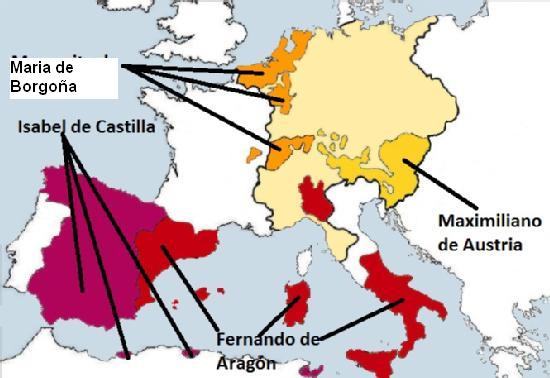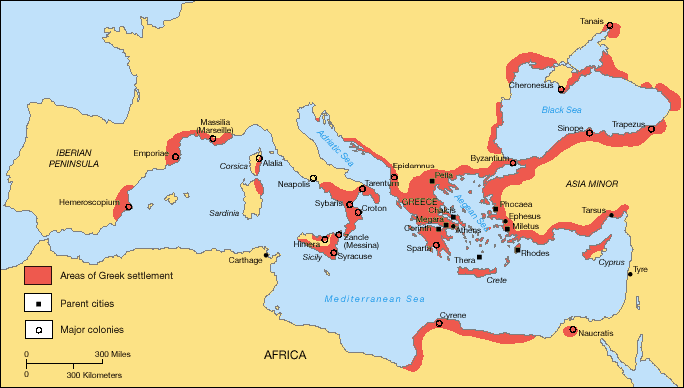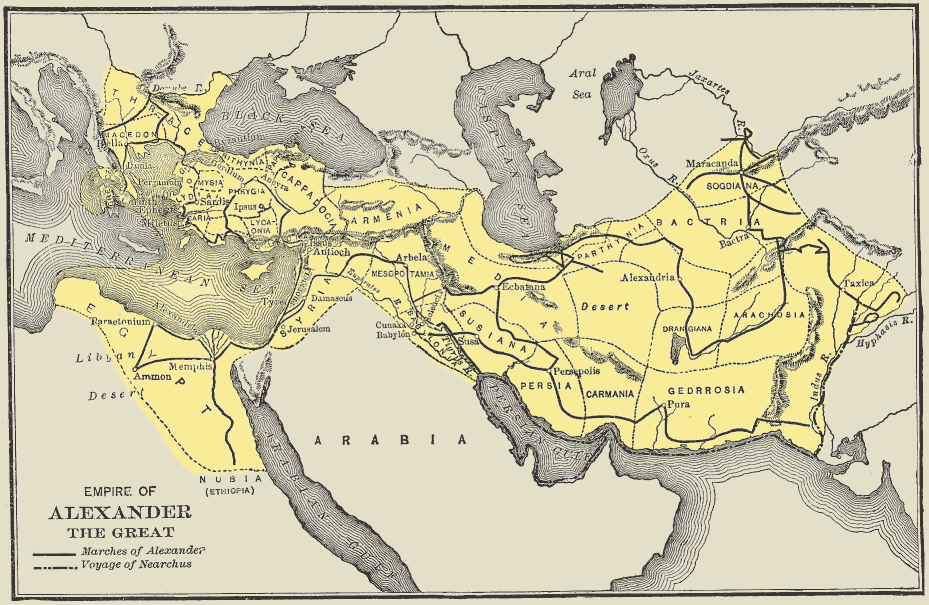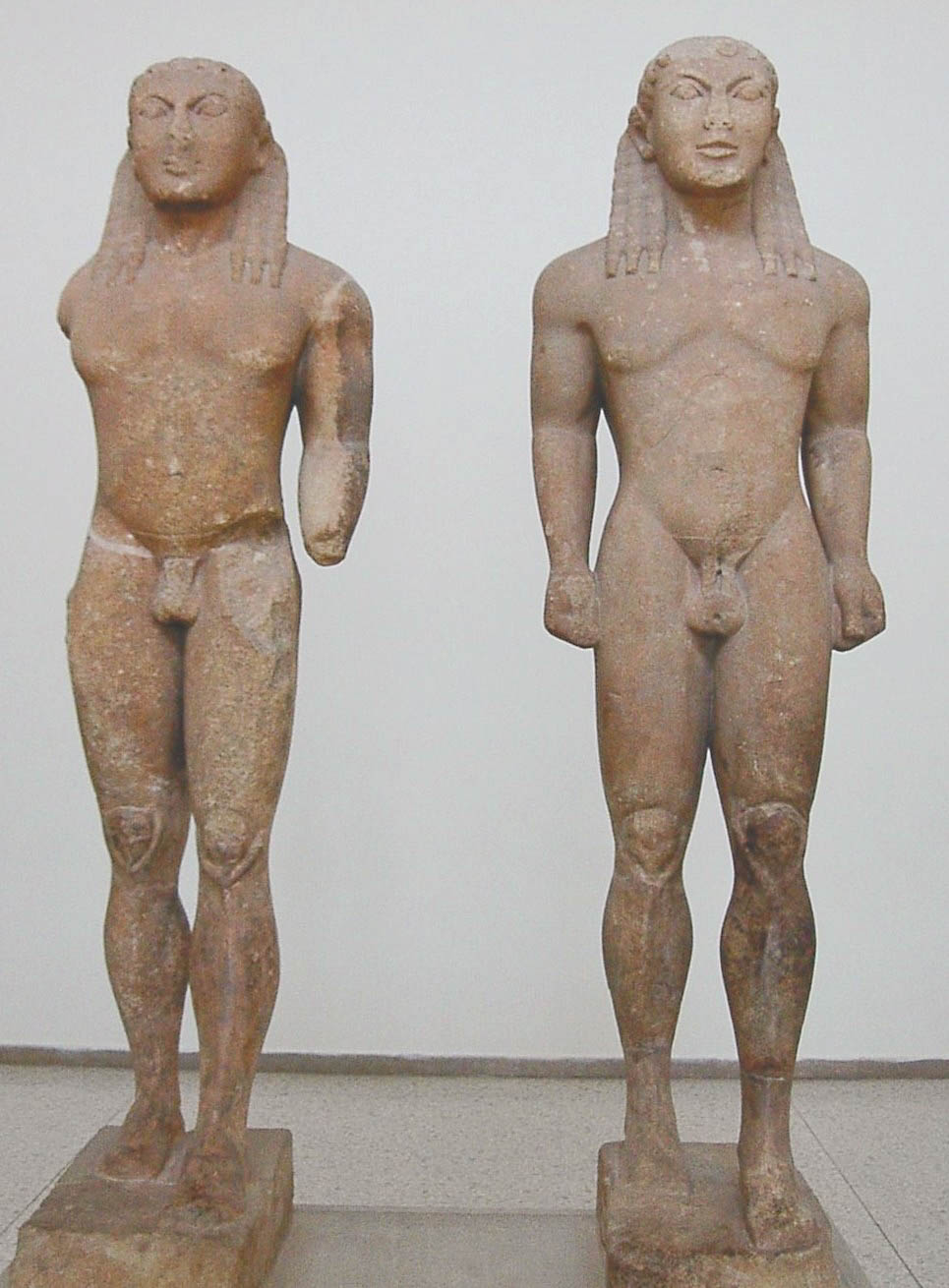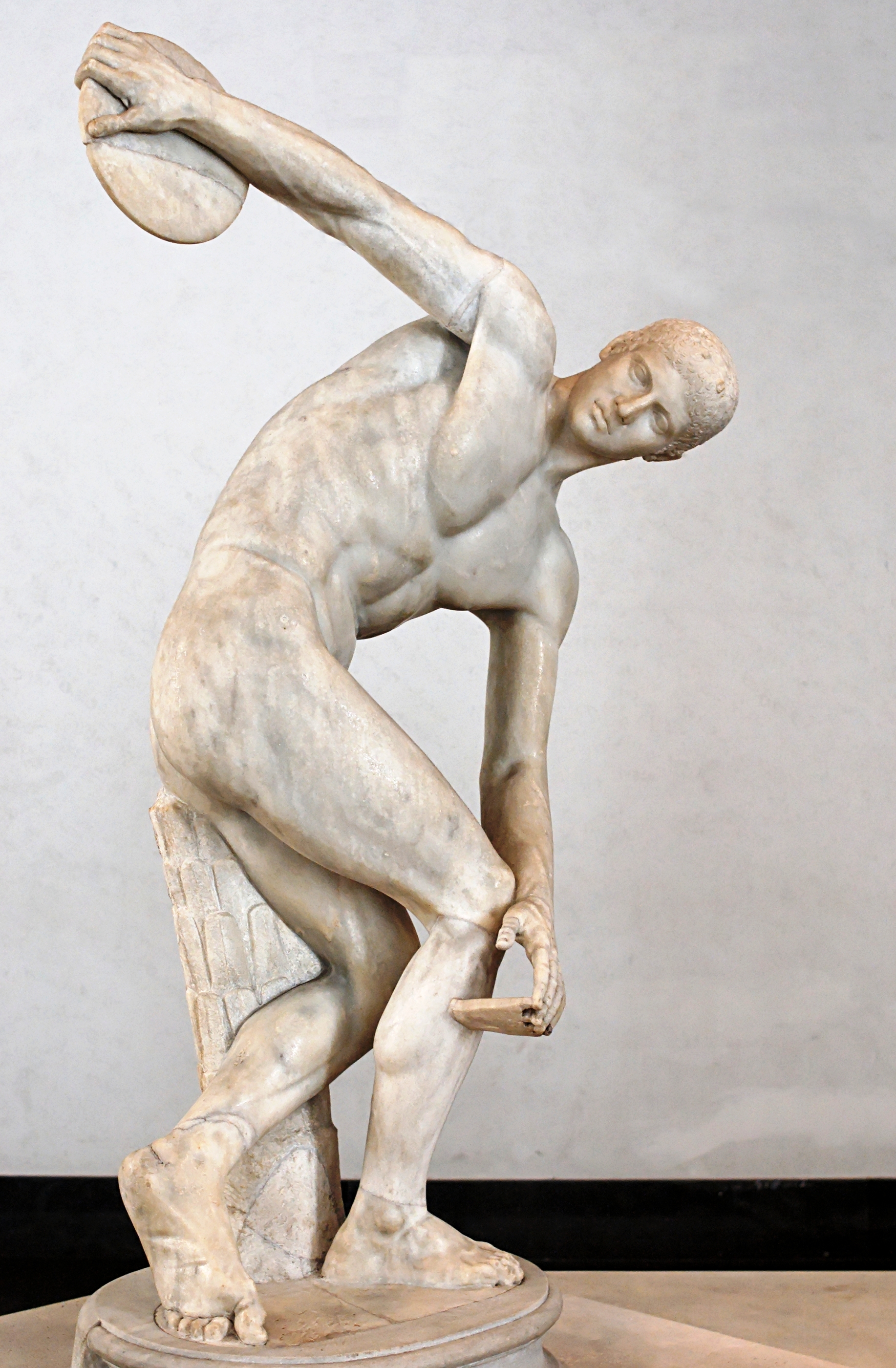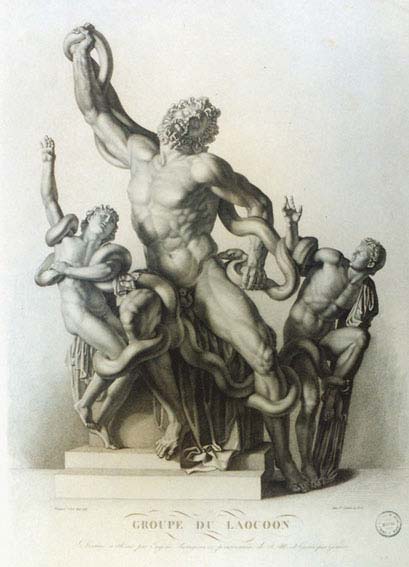UNIDAD 12. EL AUGE DEL IMPERIO DE LOS AUSTRIAS.
Durante
el siglo XVI, el Imperio hispánico se convirtió en la potencia europea
más poderosa desde la desaparición del Imperio Romano. Tuvo dos
monarcas.
1. 1. La herencia de Carlos V.
Carlos V heredó los territorios de sus abuelos que le permitieron reunir amplios dominios en Europa y América:
En 1556, Carlos V abdicó, dividiendo sus territorios entre:
Además, se formó un ejército profesional, basado en una nueva unidad de combate, el Tercio.
- Carlos I de Habsburgo (1516-1556) además de Castilla y Aragón, heredó extensos territorios en Europa y América y fue proclamado emperador .
- Felipe II (1556-1598) no heredo el titulo de emperador, pero se anexiono el imperio portugues, creando un vasto imperio en el que "no se ponía el Sol".
1. 1. La herencia de Carlos V.
Carlos V heredó los territorios de sus abuelos que le permitieron reunir amplios dominios en Europa y América:
- De sus abuelos maternos (Isabel de Castilla y Fernando de Aragon), heredó Castilla, Aragón, el Reino de Napoles, los territorios del norte de África y América.
- De sus abuelos paternos (Maximiliano de Austria y Maria de Borboña) heredó Austria y Borgoña (Países Bajos, Luxemburgo, Franco Condado). Además, en 1519 fue proclamado emperador del Sacro Imperio Romano Germánico, convirtiéndose en Carlos V de Alemania y. Sin embargo, se enfrento a una serie de problemas:
- Los otros monarcas europeos rechazaron la hegemonía de Carlos V, y hubo continuos enfrentamientos con Francia.
- Los protestantes alemanes rechazaron la autoridad del emperador.
- Rebeliones en la Península Ibérica al considerar que no se ocupaba de sus asuntos internos.
En 1556, Carlos V abdicó, dividiendo sus territorios entre:
- Fernando, su hermano, que recibió el titulo de emperador y Austria.
- Felipe, su hijo, que heredó el resto de sus territorios.
- la potencia económica y militar de Castilla
- la incorporación del reino de Portugal en 1580, apoderándose de su imperio.
- la conversión en el defensor de la Contrarreforma en Europa, combatiendo a los protestantes. Dominios de Felipe II
- Secretarios, presidían los Consejos de Estado e informaban al Rey.
- Consejos de Estado que aconsejaban al rey sobre distintos asuntos, podían ser:
- Territoriales (Castilla, Aragón, Nápoles, Flandes, Indias).
- Competenciales (Hacienda, Guerra, Estado, Santo Oficio).
- Representantes directos del Rey en los distintos territorios, podían ser:
- Virrey (poder político).
- Audiencias.
- Corregidor, representante en las ciudades de Castilla.
Además, se formó un ejército profesional, basado en una nueva unidad de combate, el Tercio.
2. LA POLÍTICA EXTERIOR DE LOS AUSTRIAS MAYORES.
Europa.
En Europa, la política exterior de los Austrias se baso en la defensa del catolicismo y de los territorios del imperio. Por ello se enfrentaron a:- Francia por el control de Italia y la enemistad personal de Francisco I y Carlos V. Tras las victorias de Pavia (1525) y San Quintin (1557), el Imperio hispánico se incorporó Milán.
- Estados Alemanes, donde los principes apoyaron el protestantismo. Carlos V tuvo que aceptar la libertad religiosa en la Paz de Ausburgo (1555).
- Los Paises Bajos debido a la expansión del calvinismo y la subida de impuestos que provocaron una rebelión. En 1579, el norte se independizo con el nombre de Provincias Unidas.
- Gran Bretaña debido al apoyo a los protestantes y los ataques al comercio español. Se produjo la expedición de la Gran Armada (1588).
El Mediterráneo.
En el Mediterráneo se enfrentan al Imperio Turco que había continuado su expansión en la cuenca del Danubio y el Mediterráneo:- Carlos V, ocupo Tunez (1535), pero no consiguió detener el avance turco.
- Felipe II, aliado con el Papa y Venecia, derroto a los turcos en la batalla de Lepanto (1571), poniendo fin a la expansión turca en el Mediterráneo.
La anexión de Portugal.
En 1580, tras la muerte del último rey portugues, Felipe II se proclamó heredero a la corona portuguesa e invadió el país, derrotando a los portugueses. Portugal quedo unido a España hasta 1640.Los tercios.
El instrumento que permitió mantener la hegemonía española en Europa fueron los:- Tercios:
- unidades formadas por soldados profesionales, utilizados para defender el imperio, especialmente en Flandes.
- se basaban en la combinación de armas blancas (picas) con armas de fuego (arcabuceros). Los piqueros formaban en formación cerrada, mientras que en los flancos se colocaban los arcabuceros y la artillería.
- Para trasladarse hasta el Norte de Europa, las tropas españolas seguían el llamado Camino Español, una ruta que desde el Norte de Europa, atravesaba los Alpes y continuaba por el valle del Rin.
| El Camino Español. Licencia: CC0 Domnio público. |
3. El imperio americano.
Durante el siglo XVI se produjo la formación del imperio americano, primero la conquista y finalmente la colonización.
3. 1. Conquista.
La conquista del imperio fue llevado a cabo por expediciones de exploradores y soldados que aprovecharon los conflictos internos de los indígenas. Los motivos que impulsaban a los conquistadores eran:- la pobreza.
- El ansia de riquezas.
- La conquista de México. Conquista del Imperio Azteca entre 1518 y 1524 por Hernán Cortés, después de secuestrar al emperador Moctezuma y la victoria de Otumba. Desde Mexico expediciones a:
- Sur, a la Península del Yucatán.
- Norte, se explora la Florida con Cabeza de Vaca, y más tarde Texas y California.
- Conquista del Imperio Inca, dirigida por Francisco Pizarro y Diego de Almagro, en 1532 (Cajamarca). La conquista fue favorecida por la guerra civil del imperio inca.
- Asia. Miguel López de Legazpi y Andrés Urdaneta, descubren las Filipinas en 1571, fundando Manila.
- Continúan las exploraciones. Se produce la primera vuelta al mundo, con el objetivo de encontrar una ruta al Sudeste asiático por el oeste. Entre 1519 y 1521, dirigida por Magallanes y el Cano.
3. 2. Administración.
Una vez completada la conquista era necesario administrar los territorios. Los nuevos territorios se incorporarón a la Corona de Castilla, imponiendo las leyes de Castilla, la lengua y la religión.Además, se crean organismo de gobierno:
- En Castilla, el Consejo de Indias, que elaboraba las leyes para América.
- En América, se divide el territorio en dos virreinatos: Nueva España (México y Centroamérica) y Perú (Suramérica). Estaban gobernados por un virrey, el representante del rey en el virreinato. Dentro de los virreinatos existían:
- Provincias, dirigidas por un gobernados.
- Audiencias, encargadas de la administración de justicia.
- Cabildos, gobernaban las ciudades.
3. 3. La colonización.
La colonización de los nuevos territorios enfrento los intereses de los conquistadores y de la Corona:- Conquistadores, en su mayoría hidalgos, buscaban tierras y enriquecimiento rapido.
- La Corona quería evangelizar a los indios y el control del comercio y los metales preciosos, a través del Quinto Real (20% de las riquezas obtenidas).
- La encomienda, consistía en que la Corona asignaba tierras a un colonizador, el encomendero, y un cupo de indígenas. El encomendero se comprometía a evangelizar a los indios y a cambio, estos debían trabajar en sus tierras y pagarle tributo.
- La mita, consistía en el trabajo forzado de los indígenas durante varios meses al año, sobre todo en las minas de Potosí y Zacatecas en condiciones durísimas.
3. 4. La economía.
Se basaba principalmente en:- la explotación de la agricultura de plantación: cacao, azúcar y tabaco, dependiendo de la zona, trabajadas por indios encomendados o esclavos africanos.
- la explotación de las minas de plata de Zacatecas (Mexico) y Potosí (Peru)
3. 5. La sociedad colonial.
La sociedad colonial se basaba en la desigualdad entre los distintos grupos raciales:- En primer lugar, los colonizadores y sus descendientes, llamados criollos, que constituían la élite colonial. A finales de siglo eran unos 500.000 y trabajaban en la administración o administrando sus tierras.
- En segundo lugar, los indios, que constituían la mayoría de la población. Trabajaban en las tierras de los españoles.
- Los mestizos, resultado de la unión entre españoles e indígenas.
- Los esclavos africanos, considerados un bien más, estaban obligados a trabajar en las plantaciones.

Castas de la sociedad colonial americana.
4. LA ECONOMÍA: LA REVOLUCIÓN DE LOS PRECIOS.
En el siglo XVI, la economía mundial paso de estar centrada en el Mediterráneo al Atlántico.El volumen del comercio se multiplico y toneladas de metales preciosos llegaron a Europa, provocando una subida generalizada del precio de las mercancías.4. 1. La demografía.
Hubo un crecimiento demográfico generalizado pasando la población de 5 a 8 millones, aunque fue más acentuado en Castilla que paso de 4 a 6'5 millones de habitantes.Las ciudades más importantes fueron:
- En Castilla: Sevilla, Valladolid y Toledo.
- En Aragón: Barcelona y Valencia.
4. 2. La agricultura y la industria.
El aumento de la demanda no tuvo un efecto positivo en la agricultura, puesto que el peso de la ganadería, dominada por la nobleza, limito el incremento de las tierras cultivables.Tampoco benefició a la industria, puesto que la mayor parte de la lana se exportaba a los Países Bajos, y las manufacturas castellanas no podían competir con sus productos más baratos y de mejor calidad.
Para responder al aumento de la demanda, se incremento la importación de productos del exterior.
